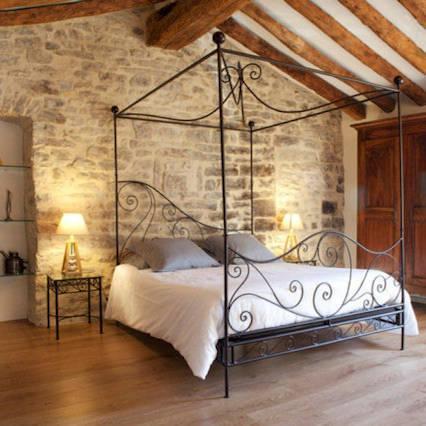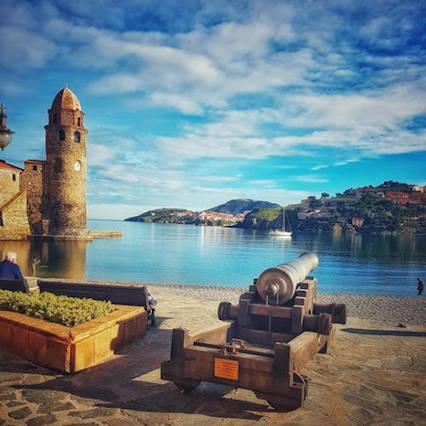- Last updated on .
- Hits: 30771
Pyrenees mountains between France and Spain
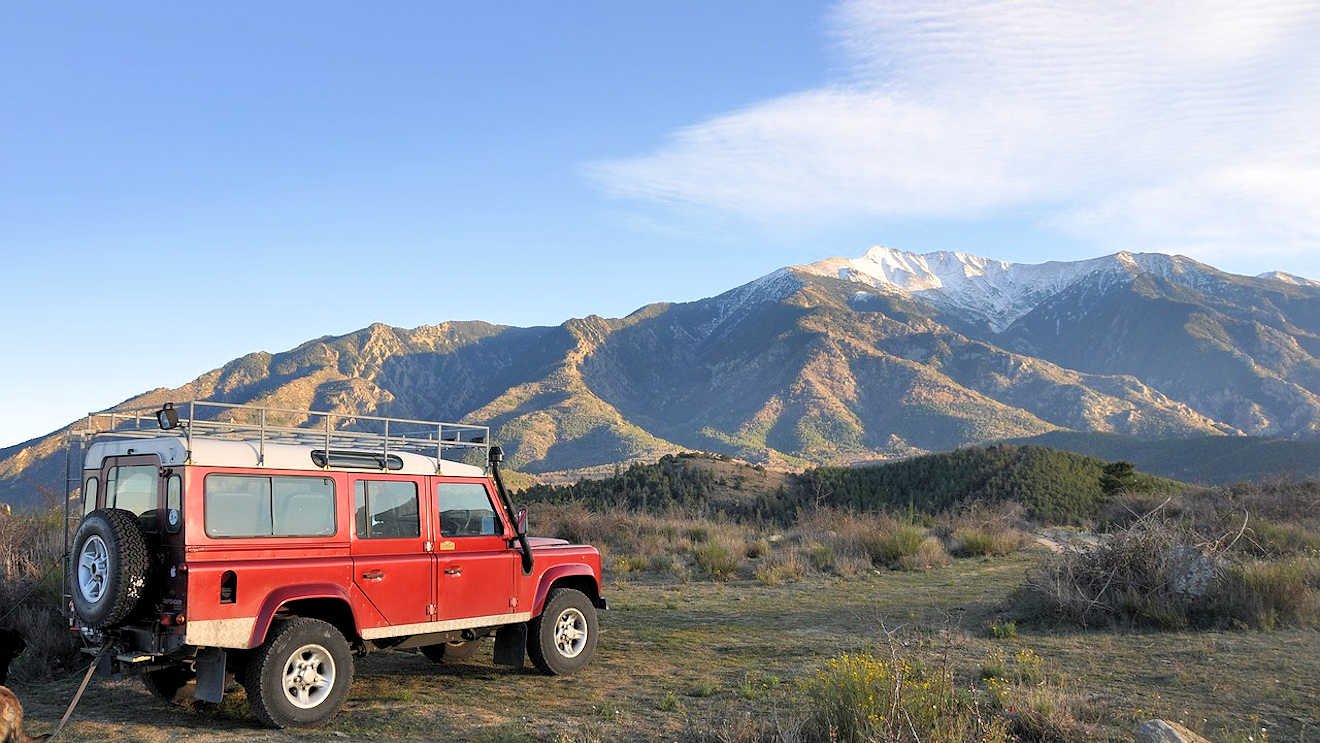
The Pyrenees is a mountain range between France and Spain and an area of outstanding natural beauty. The Pyrenees mountains form the physical border between Spain and France and stretches from the Atlantic ocean to the Mediterranean sea. The snow-capped ridges of the Pyrenees mountains are a popular destination with skiers, climbers and walkers. There are also a number of special camps where athletes undertake high-altitude training. The Raid Pyreneen, is a famous cycle race that covers the whole stretch of the Pyrenees from West to East. The 720km route takes in 28 mountain climbs and needs to be covered within 100 hours over a 10 day period.
The Pyrenees also feature every year as stage routes in both the Tour de France and the Vuelta a Espana. There are 3 hiking treks that run the length of the mountain range between Spain and France. The GR 10 runs across the northern slopes criss-crossing between France and Spain. The GR 11 route mainly crosses through Spain on the the southern slopes of the Pyrenees. There is also a high altitude hiking route (HRP) which takes in the highest peaks.
Where is the Pyrenees?
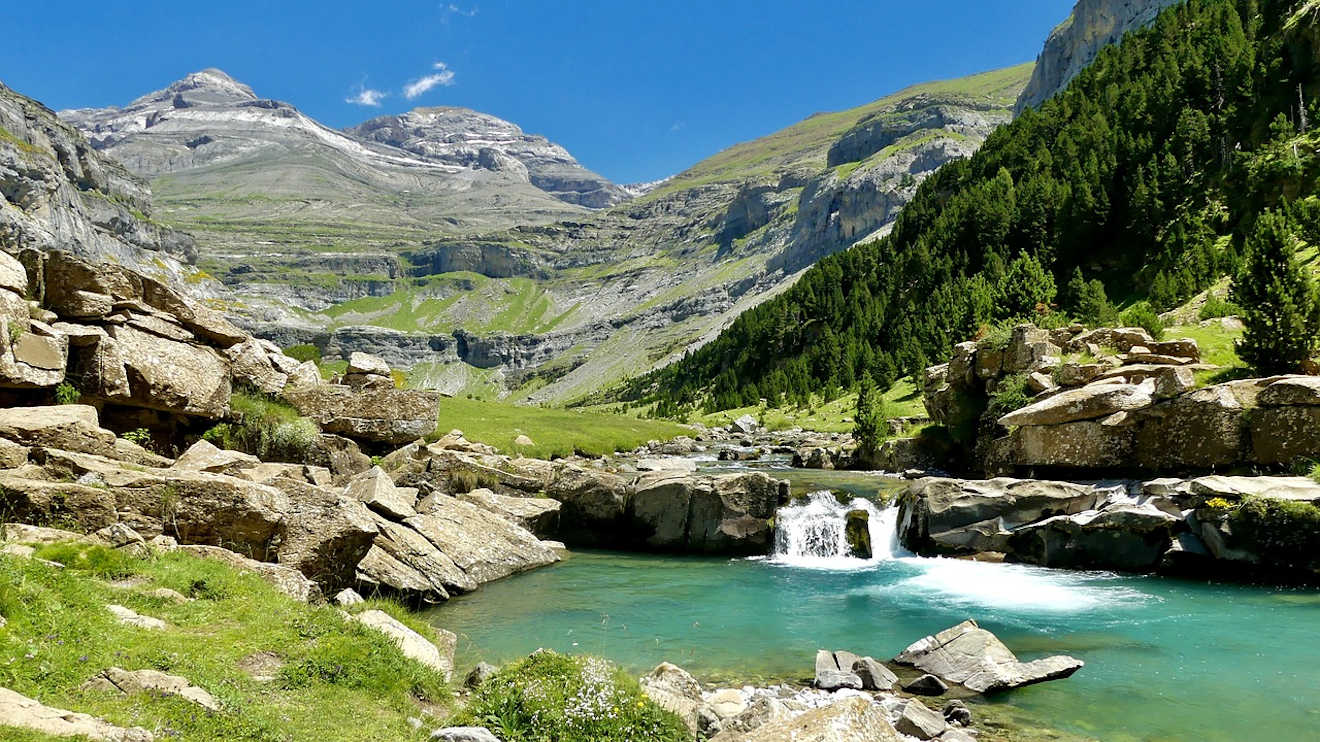
The Pyrenees is home to some excellent ski resorts, which are not as crowded as the slopes in the Alps. In total there are over 40 ski stations along the Pyrenees, but the most famous Pyrenees ski resorts are Font-Romau, one of the lowest ski resorts, but popular with families and serious skiers alike; Les Angles, which has over 50% of its ski runs classed as Red runs or higher and there is plenty of opportunity to ski off-piste; Saint-Lary Soulan, which encompasses the famous “Mirabelle” run, as well a a Luge piste and toboggan run; Piau-Engaly, which is the highest ski resort in the French Pyrenees (at 2550 metres) and contains the longest blue piste in the Pyrenees (at 7km); and Tourmalet, which is the largest ski resort in the French Pyrenees, covering 69 pistes and 42 ski lifts.
Andorra, Pyrenees mountains
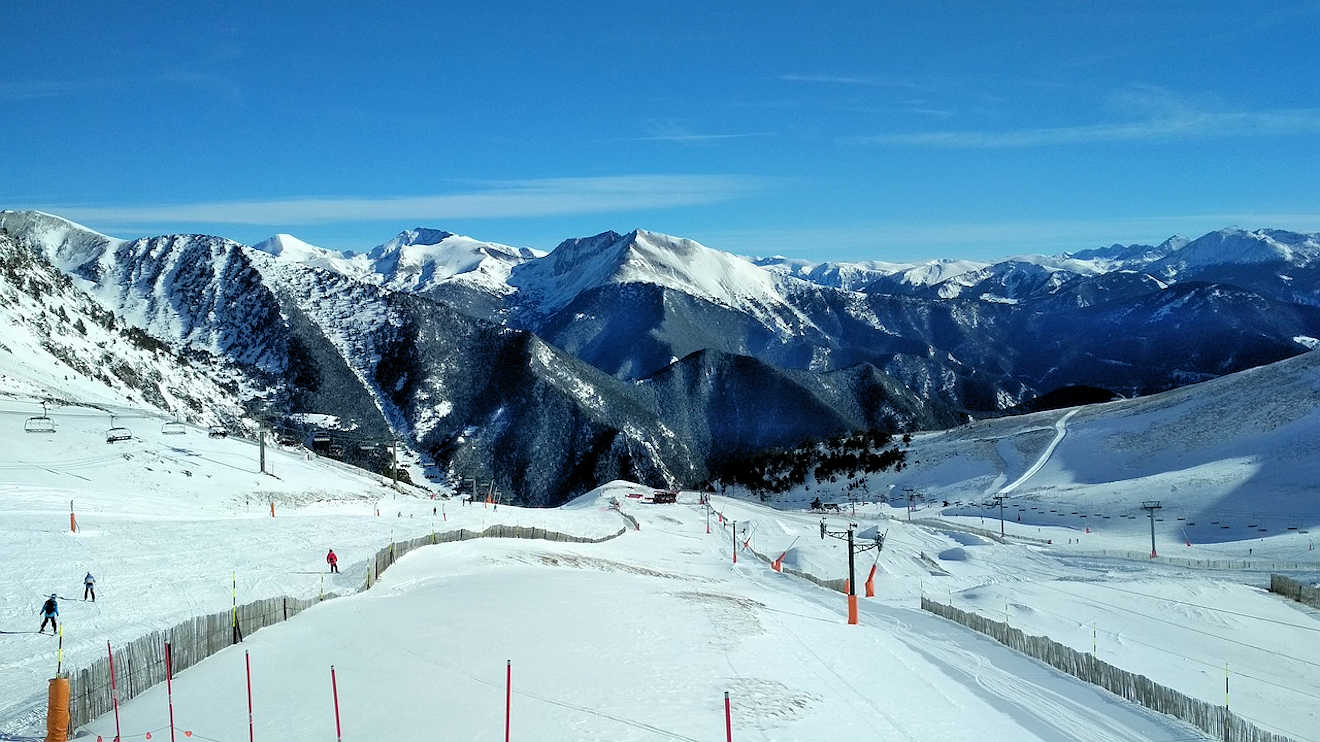
The small independent country of Andorra is located in the Pyrenees and it is enveloped by Spain to the south and France to the north. The Principality of Andorra is over 1,000 years old was incorporated as a country in the mid-9th Century. Today, the people of Andorra speak a mixture of French, Spanish and Catalan (which is its official language). Andorra is the smallest state in Europe, comprising only 85,000 people. Over 40% of the population is made up of Spanish nationals and only 30% of the population comes from Andorran descent. Its residents are also reputed to enjoy the highest life expectancy in the World (81 years for men and 86 years for women).
Andorra has the highest capital city in Europe (Andorra la Vella). In addition to having over 300km of ski slopes, Andorra is also home to the highest golf course in Europe.
Lourdes, France - Pyrenees pilgrimage site
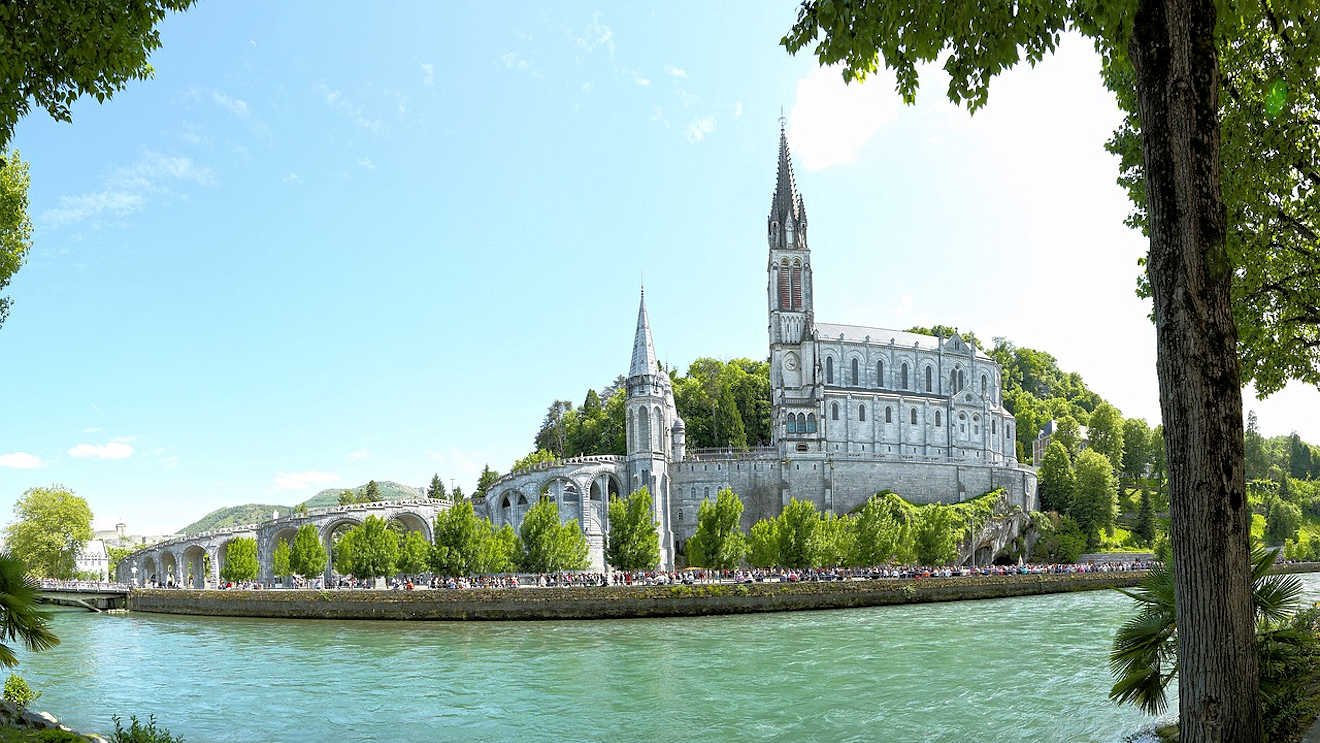
The French Pyrenees is also home to the famous pilgrimage shrine of Lourdes. Over 6 million people visit Lourdes each year. The town itself was a small, non-descript backwoods town, until in 1858 the daughter of a local shepherd saw visions of the Virgin Mary. The cave where the girl (Bernadette) saw her visions is now a holy site and people come from across the world to bathe in the local waters and take part in candlelight processions. Lourdes even has an underground cavern which can accommodate up to 20,000 visitors.
How long is the Pyrenees mountain range?
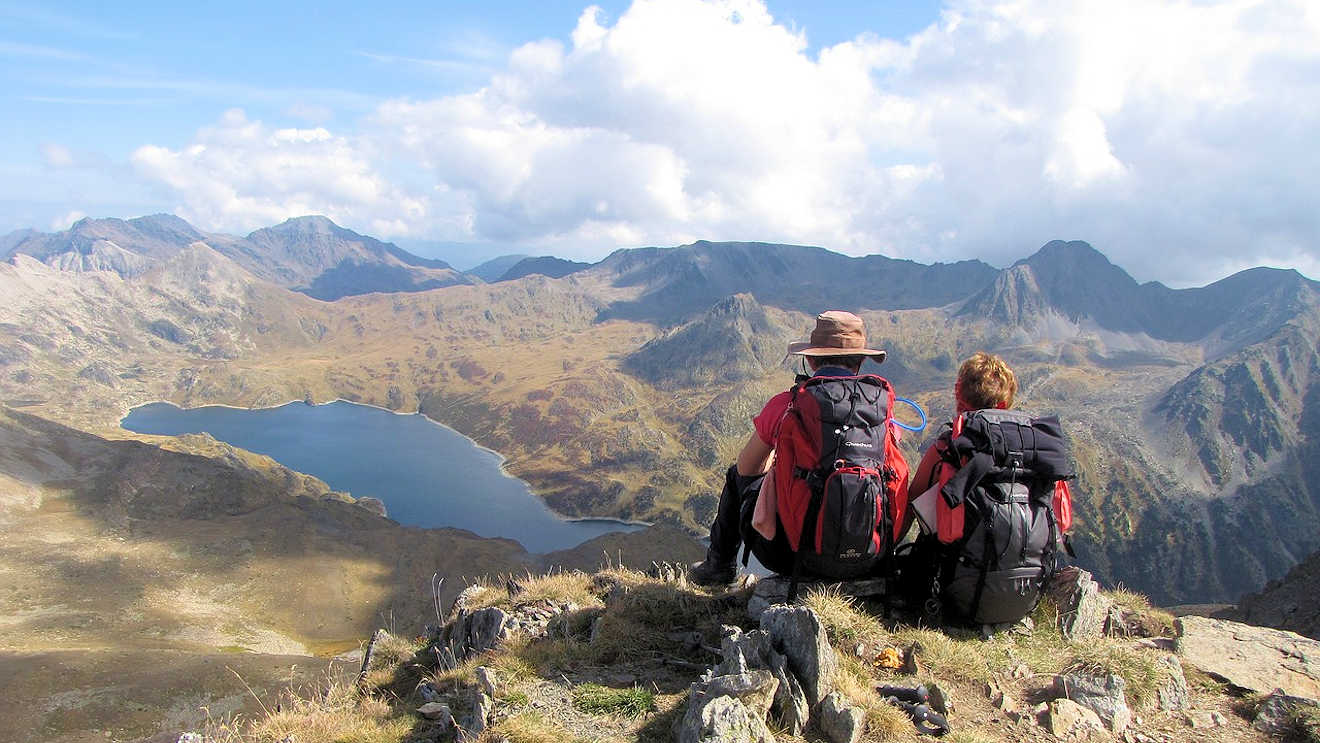
The Pyrenees mountain range between Spain and France stretches for over 300 miles (490km). The Pyrenees mountains rise up from the Bay of Biscay on the Atlantic coast and continue all along the two countries until it arrives at the Mediterranean sea in an area called the Cap de Creus.
The eastern edge of the Pyrenees, on the Mediterranean coast, is only 10 km wide (6 miles), yet the central part of the Pyrenees is 130km in width (80 miles).
What is the meaning of Pyrenees?
Legend has it that the Pyrenees were named after the lover of Hercules, Pyrene. In remorse at her death, Hercules builds a giant tomb from rocks which forms the present day Pyrenees. In reality, the Pyrenees were formed when the land mass of present day Spain and Portugal pushed up into the European continent around 70 million years ago and eventually formed the mountain ridge.
What is the highest peak in the French Pyrenees?

The highest peak in the French Pyrenees is Pic du Vignemale which stands at 3,298m. This is a popular destination for walkers and climbers. The Vignemale region is also the site of the largest glacier in the Pyrenees. The highest peak in the Pyrenees is officially on the Spanish side. The Pico de Aneto stands at 3,404m (11,168 ft).
One of the most sentimental Mountains in the Pyrenees is Mont Canigou, which has become a symbol of Catalan unity between the Spanish and French Catalan people. On the night of 23 June, the Canigou Flame is lit on top of the mountain. A procession of hikers light torches from the Canigou Flame and carry the torches to light bonfires throughout the Catalan region on both sides of the Pyrenees.
The weather in the Pyrenees mountain range
The weather in the Pyrenees varies enormously, depending on where you are located. The weather in the West is definitely wetter, with winds coming in over the Atlantic dropping rain and snow as hit hits the mountains. In the East, the weather is noticeably drier. The central Pyrenees receives more snowfall than either of the Eastern or Western fringes and there is a permanent snowline above 2,700m.
The Northern slopes of the Pyrenees are colder and contain more glacial formations than the warmer southern slopes in Spain. During the winter months, from December to early April, snowfall is recorded in 50% of the territory above 1,590m and the average temperature across the region falls to -2°C.
Accommodation in Pyrenees mountains
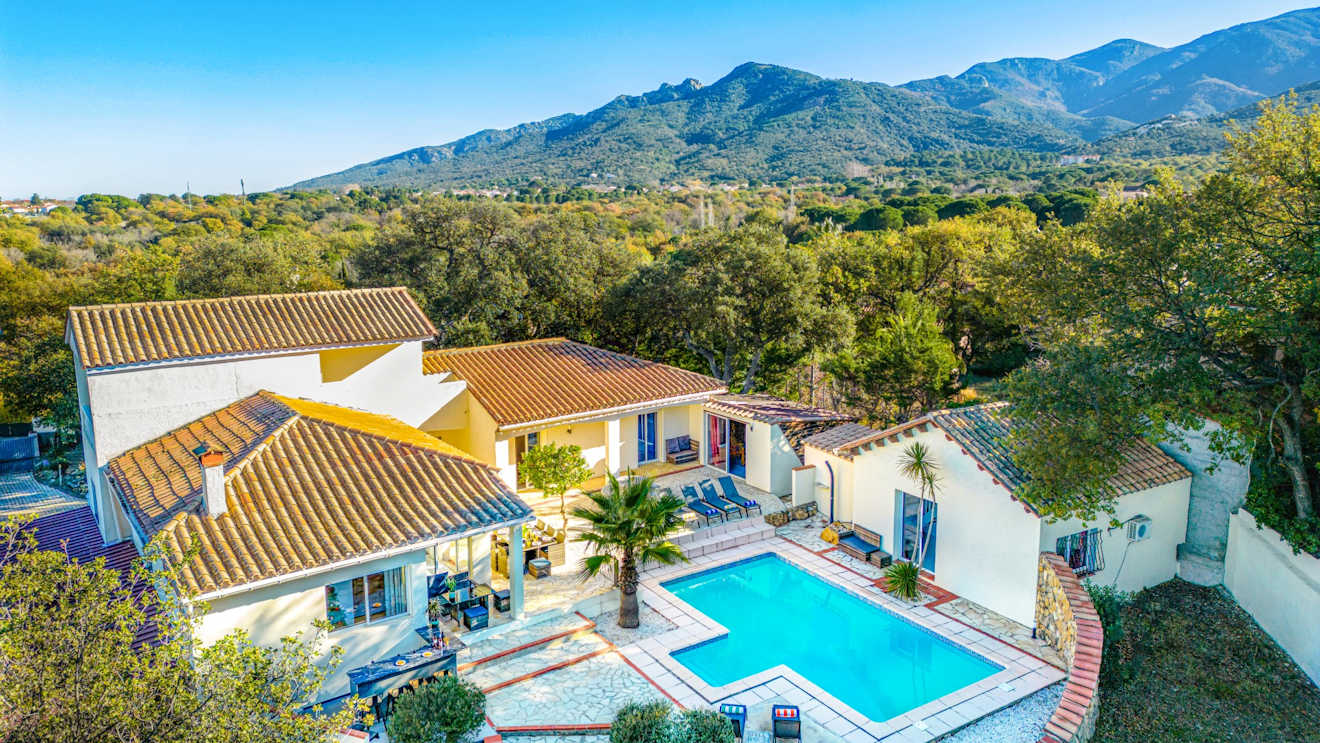
If you are looking to visit the Pyrenees mountains, either for a walking holiday, for skiing or just to explore this beautiful mountain range between France and Spain; then Go Languedoc has a wide range of houses to rent in the French Pyrenees to cater for all sizes of parties. For more information please visit our Pyrenees accommodation to see the full range of Pyrenees houses for rent in France.
Where to next . . .?
If you are planning a trip to the Pyrenees in Southern France in 2024, then there is a wealth of things to do and see. In addition to the larger cities of Toulouse, Pau, Carcassonne and Perpignan, there are also some of the most beautiful towns and villages in France, including Mirepoix, Camon, Foix, Collioure, Ceret, Eus and Saint-Bertrand-de-Comminges. You can also visit the local Cathar monuments, including the old Cathar village of Minerve and the Cathar castles at such as the castles at Quéribus, Château de Peyrepertuse, Châteaux de Lastours and Château de Montségur. From a tourism perspective, there is plenty to see and do in the French Pyrenees.
Read all about the beautiful Pyrenees-Orientales department in Southern France. This area of the eastern Pyrenees is a popular holiday destination in France and perfect for a family vacation in 2024.
|
The Southern French town of Mirepoix, located in the foothills of the Pyrenees, is one of the most beautiful towns in France. With its popular Monday market and medieval square, Mirepoix is a great place to visit.
|
Read all about the fascinating history of the Cathars and all the local monuments that have inspired writers such as Kate Mosse, Dan Brown and Lynna Banning.
|
Check out the latest schedule of cheap flights to Carcassonne airport in South France. We have compiled a handy guide of the 9 airports across Europe that fly to Carcassonne and which days they fly in 2024
|
Go Languedoc provides high quality holiday accommodation across the South of France. Check out these 9 stunning holiday villas & gites to rent near Carcassonne in 2024 .
|
Discover our range of holiday villas and gites in the Perpignan area of Southern France. With beautiful Mediterranean beaches and views of the Pyrenees, Perpignan is a great holiday destination in France.
|
Contact Iain by Email if you have any particular questions you would like to ask about visiting Carcassonne and the South of France. If you liked the article then please share it with others using the Twitter and Facebook buttons below. I wish you a wonderful stay in the South of France.







